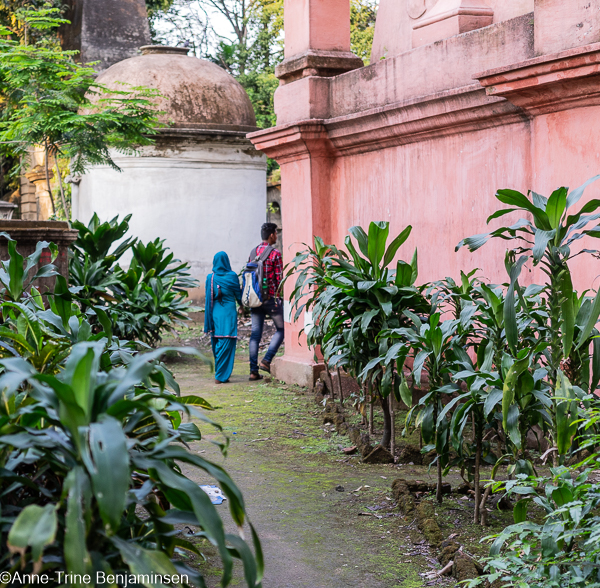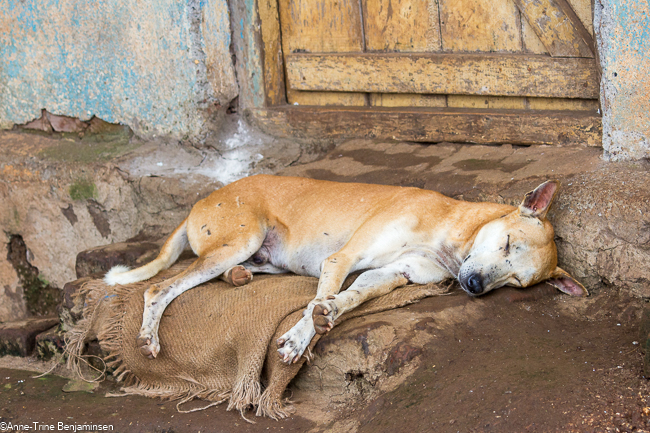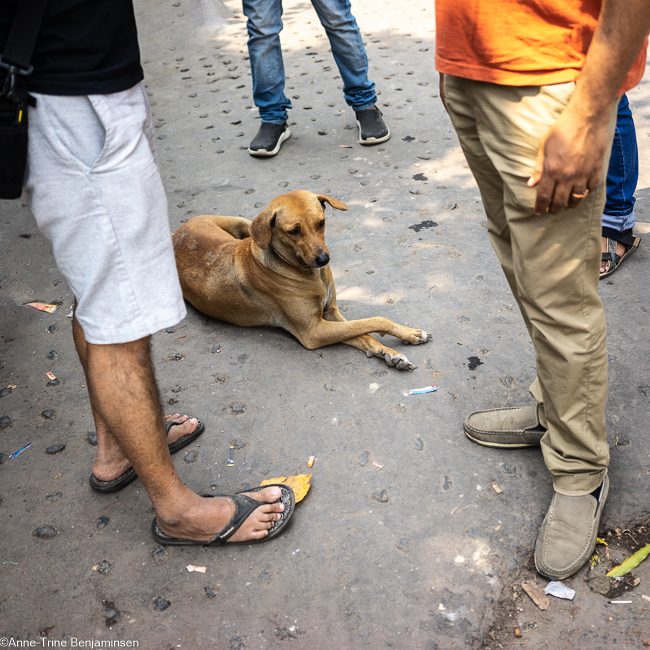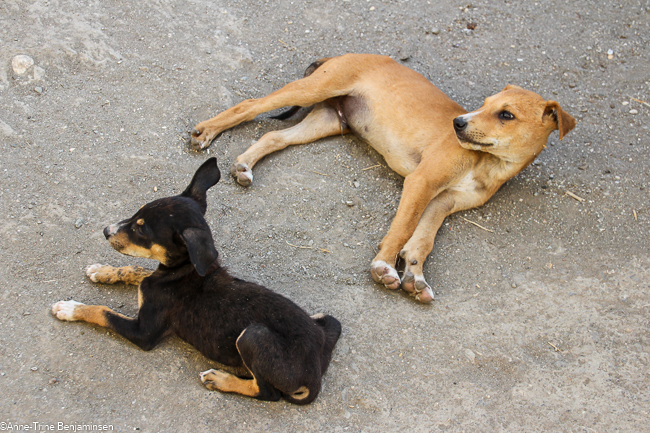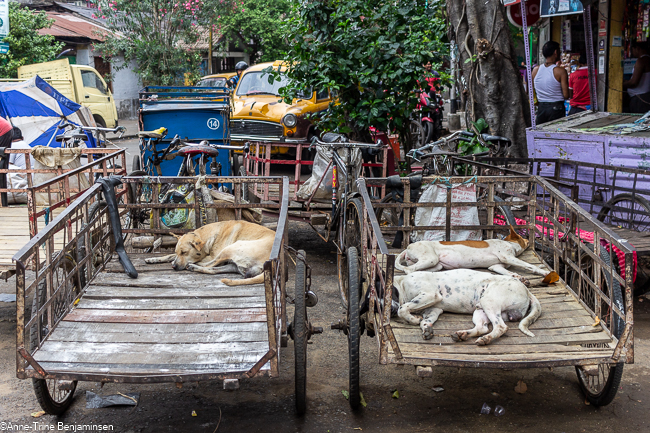
“You should go to the cemetery,” a photographer in Kolkata once told me. “No, you must go, he added. “You’re staying just around the corner.” So I went there.
Kolkata, or Calcutta – a name with much more history attached to it, is like any other Indian city of a certain size, a beast. Crowded, noisy, confusing, at times heavily polluted. The moment I walked through the gate of the cemetery, I found peace. And now, reminiscing about my visit, I come to think of the title of an old pop song from the 60’s, ‘Graveyard Paradise’.

Photography prohibited; a sign tells me. But most things are available at a price, I motioned my camera towards the guards and upon request paid 200 rupis for potentially using my camera. I was not able to understand the logic behind the fee, but the amount was small and the guards welcoming.
The immediate sight was overwhelming. The cemetery looked like an old, lush overgrown garden. The footpaths were flanked by weathered tombs, colonnades, mausoleums, obelisks, sarcophagi, and stone cupolas – all partly covered in moss and framed by a variety of trees, bushes and potted plants. Chirping birds made the picture complete, the traffic noise became nothing but a soft backdrop. And the whole place reeked of old history from the time of the Britishers.

This burial ground came into being in 1767, in a marshy area. To reach it, a new road had to be built – today called Park Street, and no one visits Calcutta without strolling up and down this street. But I might not have walked this far had I not known what to find …
The cemetery was in its time opened to relieve the pressure on the city’s old burial ground. It became the final resting place of the many Britishers who came to stay in India for several reasons, but many hardships had to be endured and many tombs tell stories about short lives. Tropical diseases, poor sanitation, and lack of medicines were the main reasons for all those early deaths.

Some 1600 British men, women and children are buried here, among them some notable personalities and there are quite a few military burials. The cemetery also tells stories about young women who presumably died in childbirth, as many children are buried together with their mothers.
South Park Street Cemetery covers 8 acres, and walled off from the busy streets makes it the perfect get-away for young couples. Visit any big garden or park in India, and you’ll find youngsters strolling leisurely along the footpaths, holdings hands, sitting close on benches – or they might be seen kissing and cuddling behind big tree trunks. The cemetery is no exception. I teasingly asked a young couple if I could take their picture, but they leaped up from their bench as if they had seen a … ghost!
[END of text]
